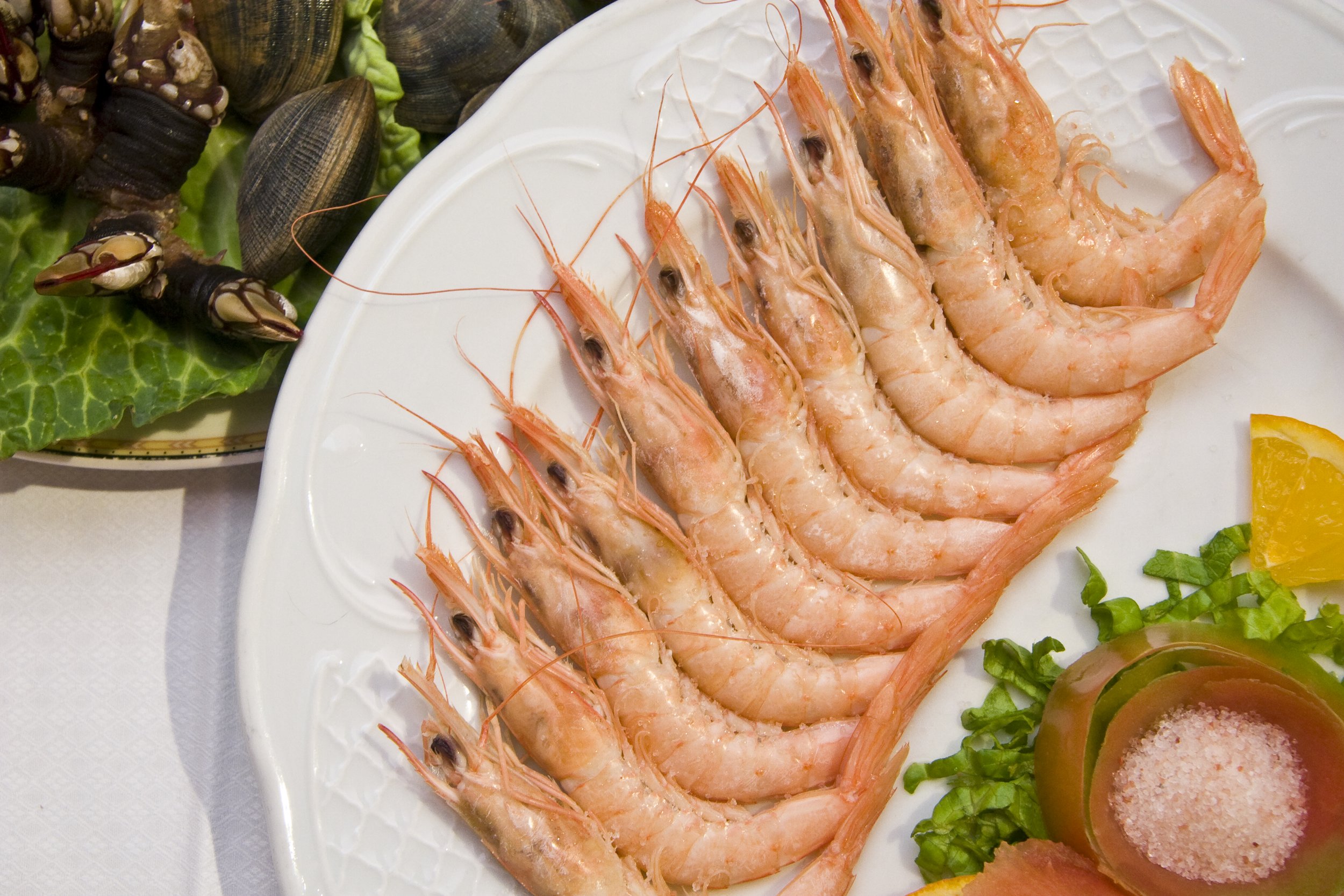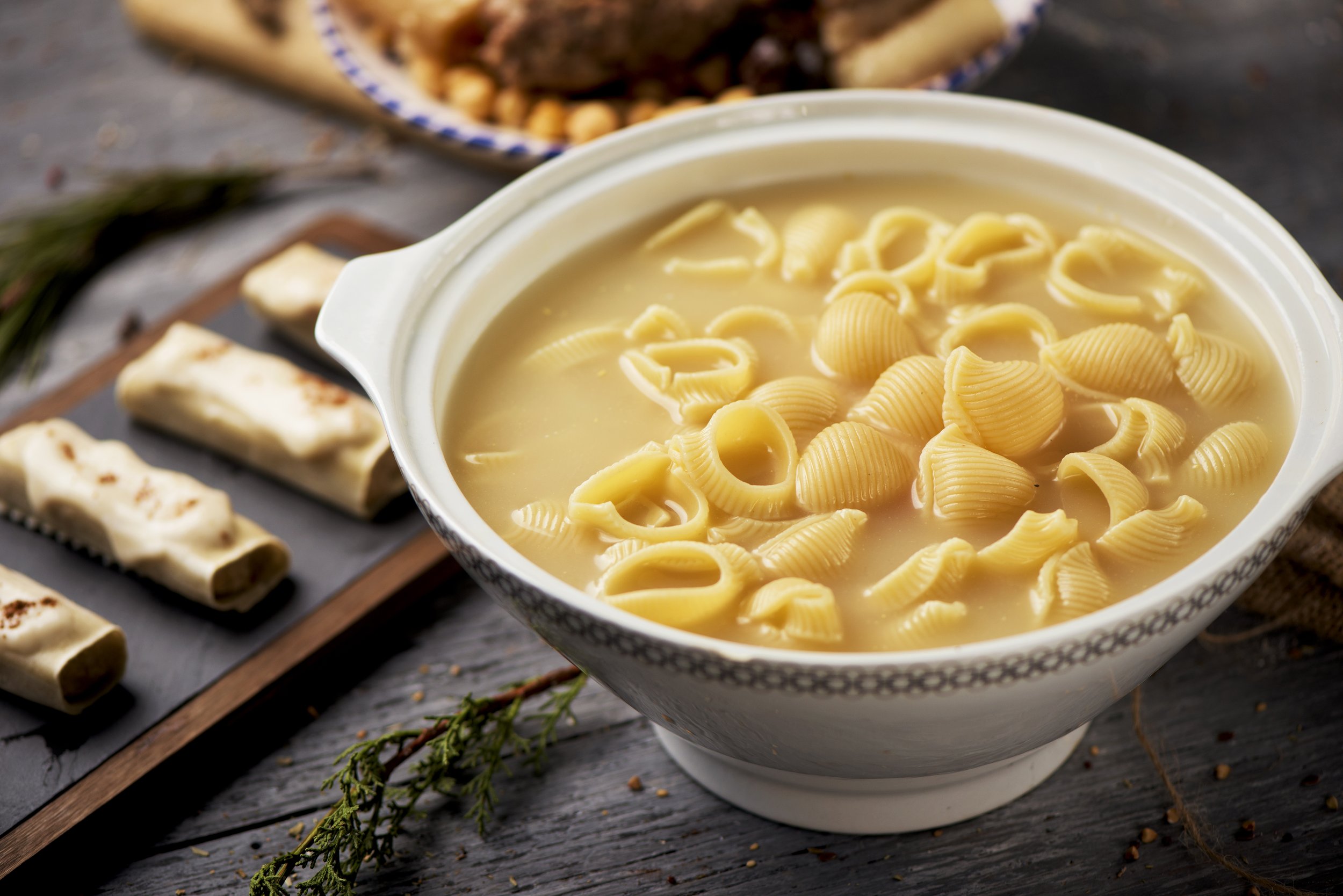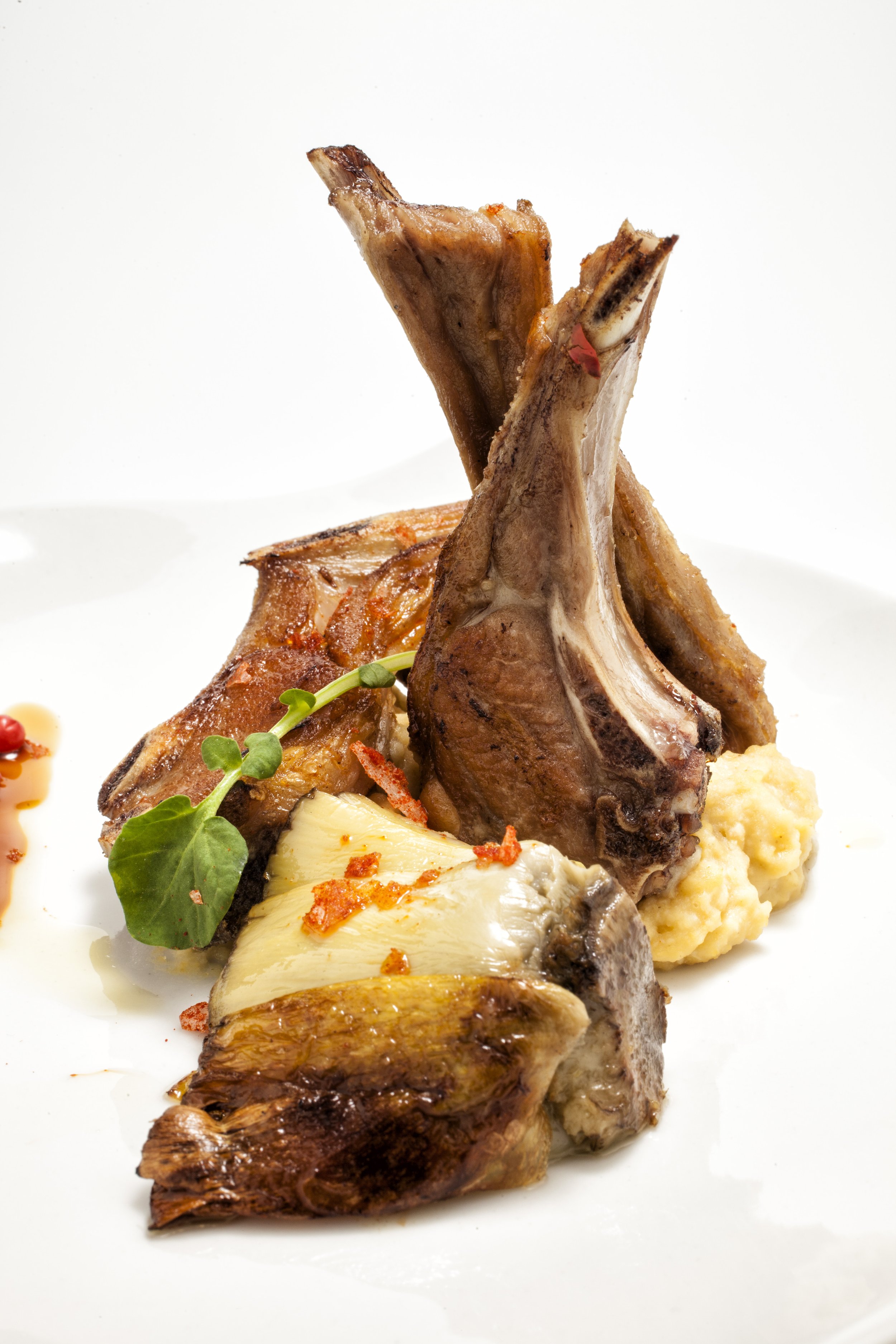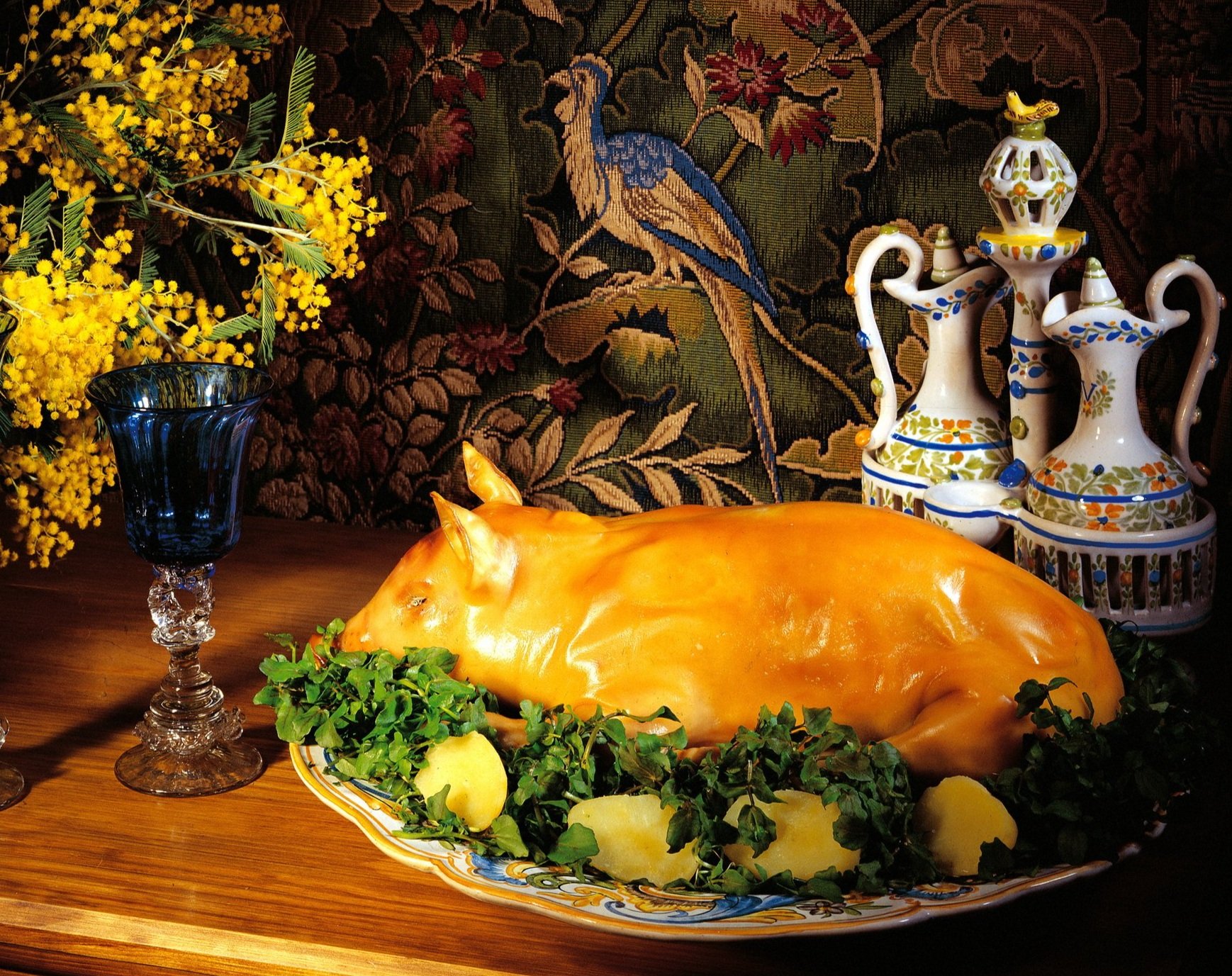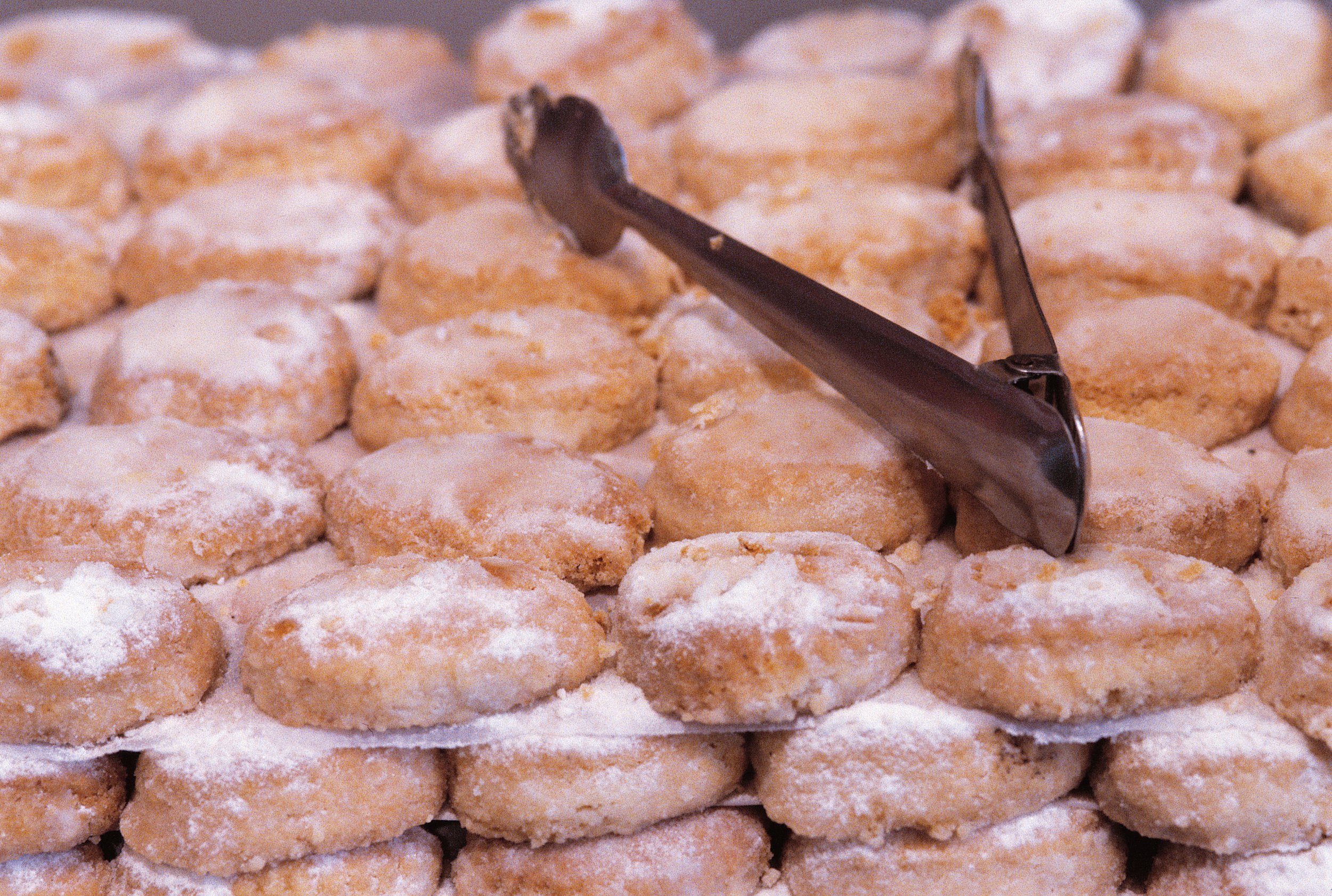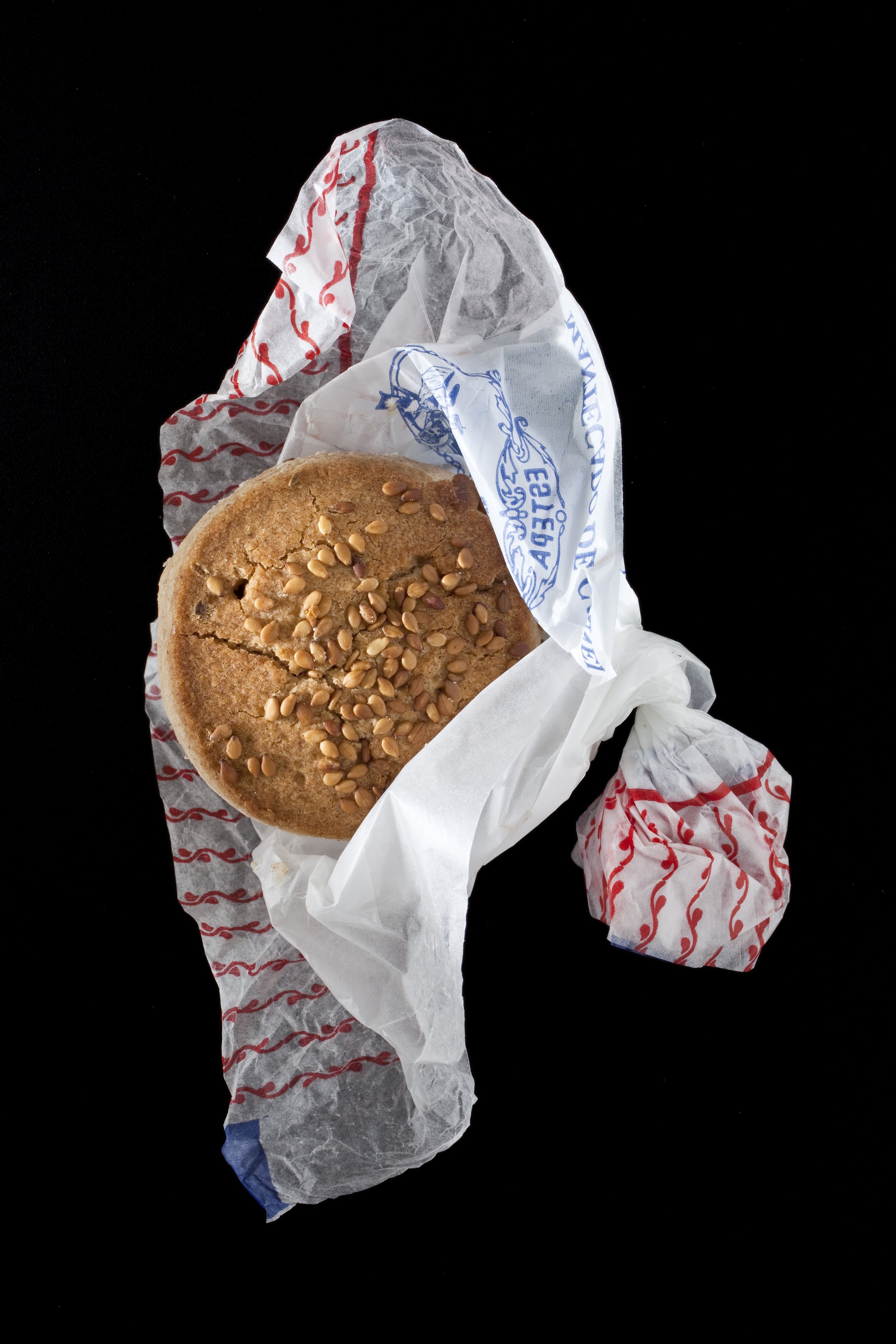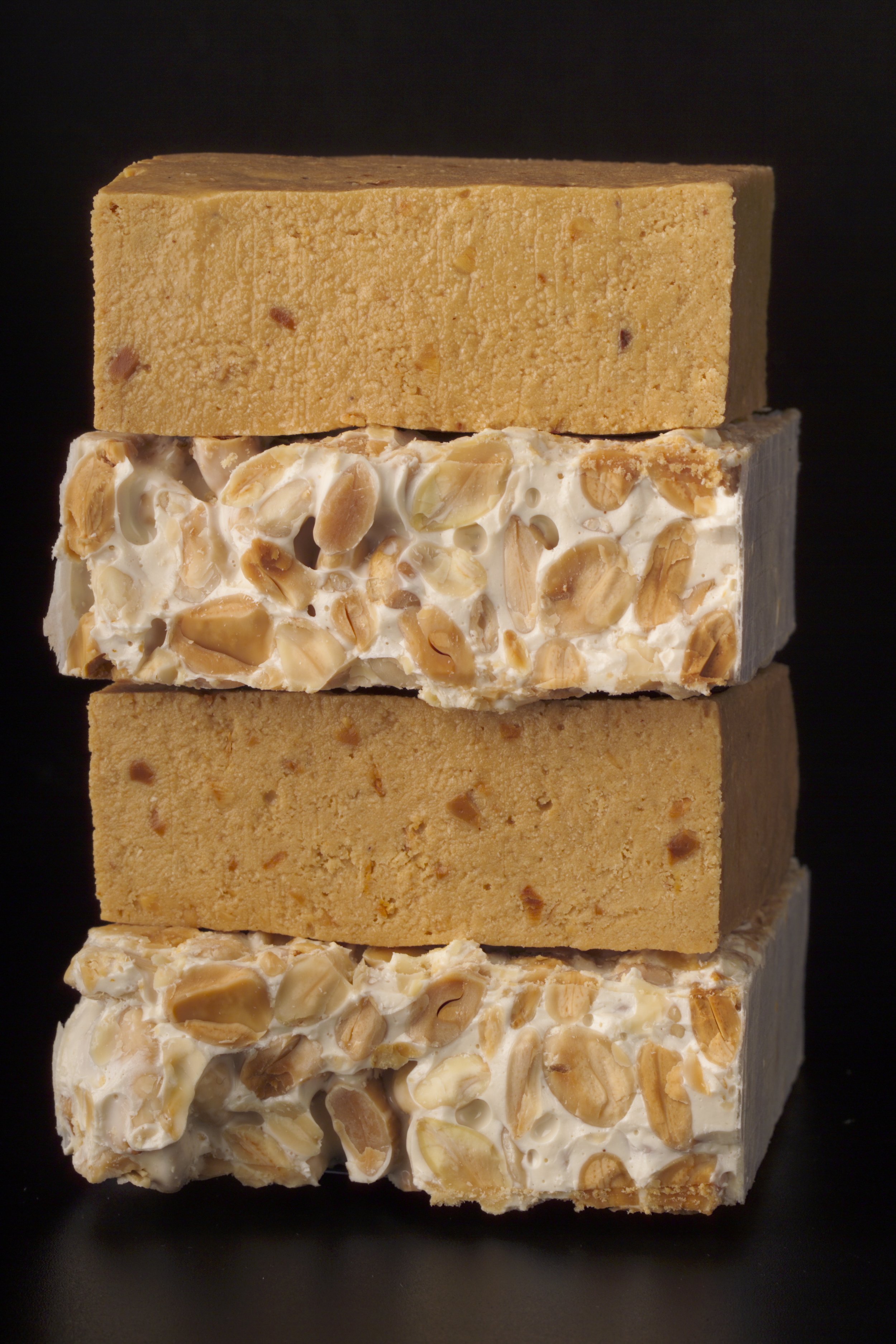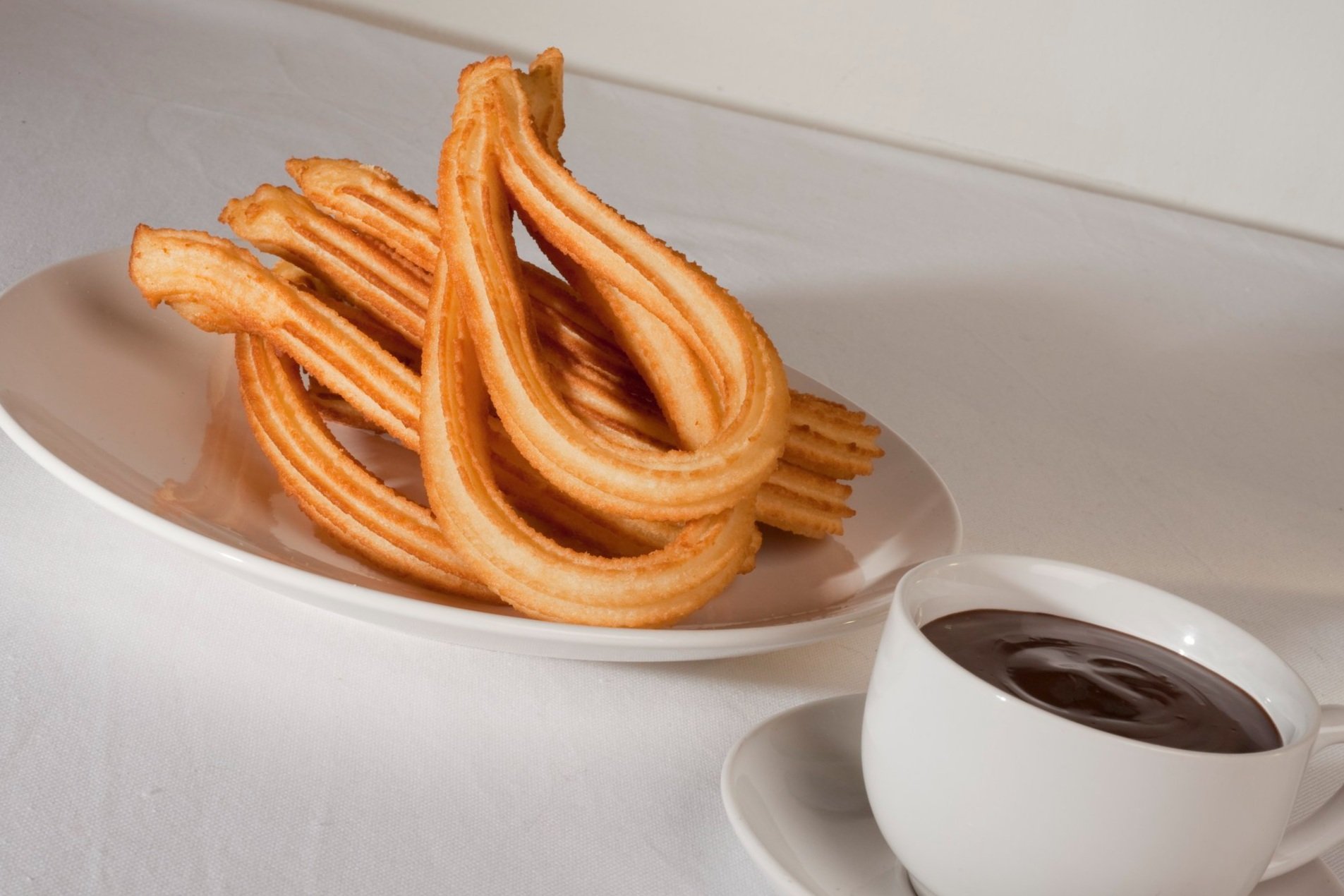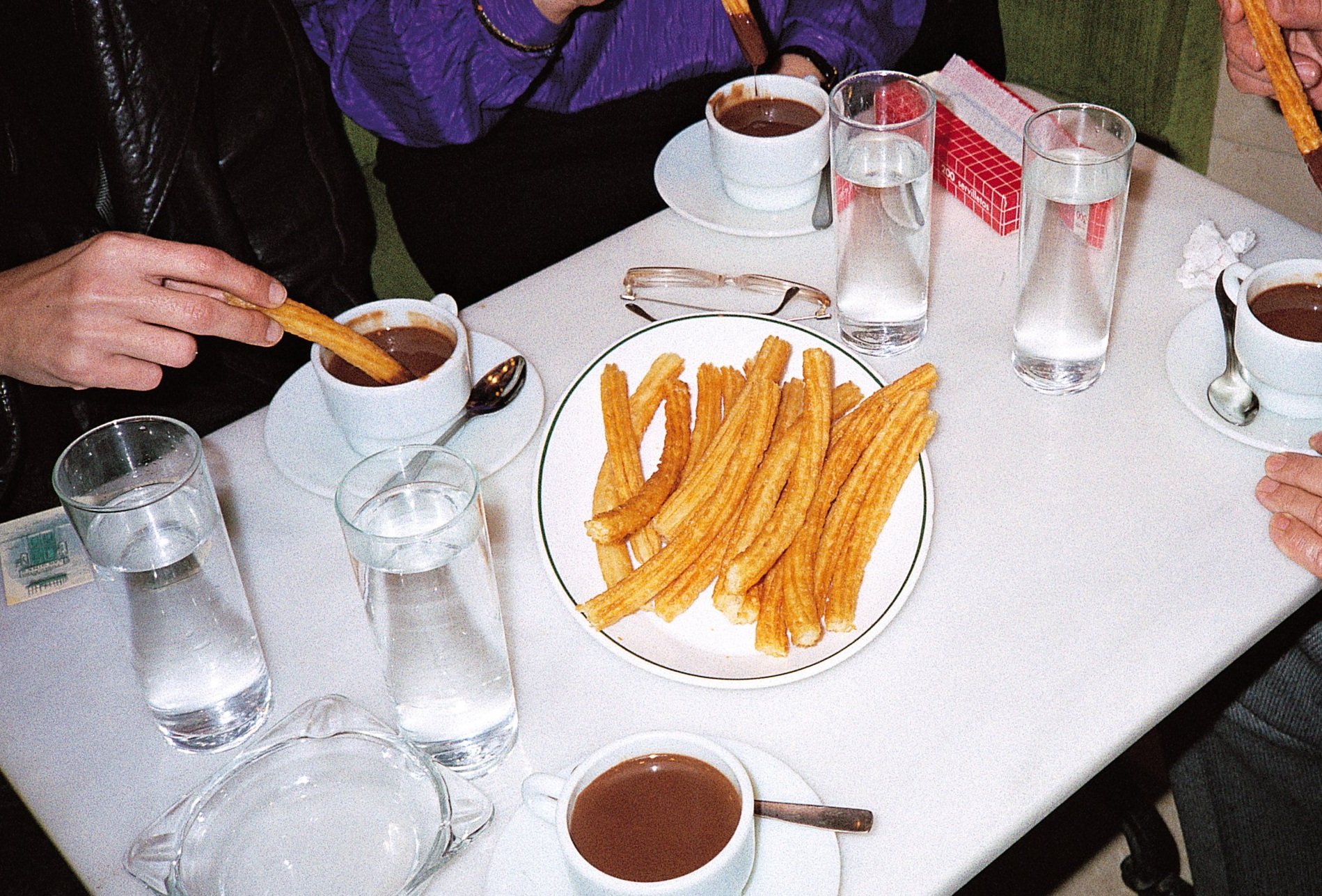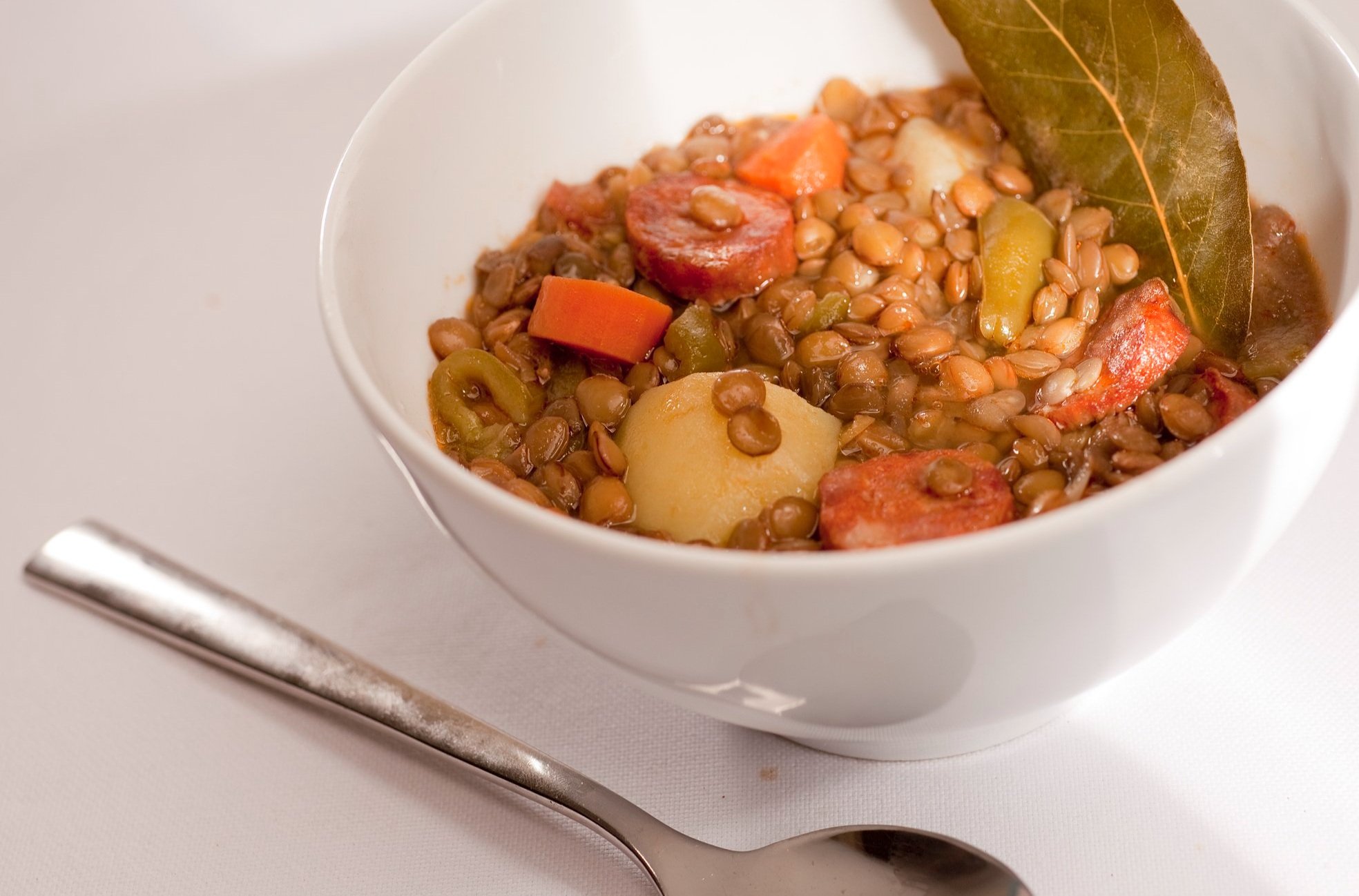Spanish Holiday Food Traditions
While the holiday season in Spain kicks off with the Feast of the Immaculate Conception on December 8th, the real “culinary feasting” goes from Christmas Eve to January 6th (Epiphany or Three Kings’ Day). It is incredibly celebratory with a never-ending abundance of food and cheer, and, somehow, days seamlessly, and perhaps blurrily, become nights! Below you can check out the different foods that served throughout the holiday period. Keep in mind that many regions may have variations just as each family may as well.
Christmas Eve/Nochebuena
Christmas eve, or nochebuena as it is referred to in most Spanish speaking countries, is traditionally celebrated with immediate and extended family. As such, if you happen to be outside the bigger cities like Madrid or Barcelona, most restaurants and bars close in the late afternoon so families can be together. The meal is often served starting around 9 or 10 pm so when it is done, it’s either time to head to church for missa del gallo (midnight mass) or time to exchange gifts.
In some regions, like Galicia for instance, the evening starts with an appetizer selection of beautiful seafood, such as perfectly steamed prawns. In other regions, like Extremadura, the evening typically starts with entremeses, an appetizer platter made up of jamón ibérico, chorizo, morcilla, and cheeses, which often reflect the region where you are celebrating.
Dinner itself often starts with a soup, which is often regional in nature. For instance, in Andalucía, sopa de picadillo is a broth-based soup with noodles, pieces of ham, boiled egg and fried bread cubes. And in Catalunya, the soup of choice for Chrsitmas is sopa de galets. Galets are large pasta shells, which are filled with ground meat and served floating in dense broth.
For the main course, it is common to serve both a fish and a meat dish. The fish most associated with nochebuena in Spain is bacalao con colifor (salt cod with cauliflower). But it is also common to serve dorada al horno (baked sea bream/mahi-mahi). For the meat, you will often find a roasted meat such as cochinillo (suckling pig) or cordero (lamb).
To end the evening, the most emblematic Christmas Spanish sweets are polvorones, mantecados and turrones.
Polvorones are crumbly, powdery almond cookies originally from Andalucía and made with lard.
Mantecados are somewhat similar to polvorones but do not have almonds and hence are similar to a shortbread cookie.
Turrón is probably the most emblematic Christmas sweet in Spain. It is a type of nougat originally from Jijona and Alicante, both in the Valencian community. The turrón from Jijona is a soft, smooth nougat and it therefore known as turrón blando. The one from Alicante often has pieces of nuts in and is not as soft. As a result, it is often referred to as turrón duro. Traditionally it is made with almonds. But nowadays you will find all types of turrones made with different nuts (peanuts, walnuts and pistachio) or containing candied fruit and combined with a variety of flavors.
Courtesy of Canva Pro
And what about libations? That again that will vary among regions. But most families celebrate with either sidra (cider) or cava, Spain’s sparkling wine. One thing to note that that the cider in Spain is unlike any cider you might have had in other parts of the world. It is naturally fermented and hence it has no carbon dioxide and is slightly less effervescent and less sweet. To learn more about Spanish cider, check out this post.
Christmas Day
Christmas day is essentially a “take two” as Spanish families often get together again for a long lunch and enjoy a similar menu to that of nochebuena.
New Year’s Eve/Nochevieja
Cava and grapes - Photo courtesy of Canva Pro
While Christmas and Christmas eve is all about family, nochevieja is all about being with friends. After dinner and right before midnight people gather with friends at home or in plazas throughout the country for the countdown to the new year. In the final seconds of the year, people will eat 12 grapes, one for each strike of the clock. This may seem easy but it gets increasingly hard to eat all the grapes in such a short time span! This tradition is supposed to bring you good luck in the new year. As such, the grapes are often referred to as uvas de la suerte or grapes of good luck and are often sold at the plazas in small containers. At this point, the celebration of the new year starts and is fueled by endless cava.
New Year’s Day
After all the partying until the wee hours, many people chose to sleep in and rest. However, prior to heading home, some make a detour at a churerria for some churros and hot chocolate which is particularly helpful if you have a hangover. Once rested, often people will go out for a mellow lunch and lentil soup is commonly served as lentils are associated with prosperity and good luck, something we all want in a new year!
Three Kings’ Day/Día de los Reyes Magos (January 6th)
Courtesy of Canva Pro
January 6th is the last day of the holiday season in Spain. Kids know they will be going back to school soon. Yet this is a very exciting day as they receive gifts from the three kings AND they get to enjoy the most emblematic food of the season, the roscón de reyes, a sweet yeast bread dough formed in a large ring. The ring is baked, sliced crosswise and then filled with whip cream or pastry cream. It is decorated with candied fruit and powdered sugar and often has a small plastic Baby Jesus figurine or fava bean inside (or both). The roscón is meant to be enjoyed in a group setting with friends and family. The reason of the inclusion of the plastic figurine and/or the fava bean is quite varied. Some people will say that the person that finds the plastic Baby Jesus figurine will have good luck in the year to come and hence is “crowned” king for the day. Others say that the person that finds the fava bean shall buy the roscón de reyes the next year. Regardless of what is the true reason for their inclusion, you can see that eating the roscón can get really competitive and makes for wonderful closure of the holiday season!
¡Felices fiestas!


